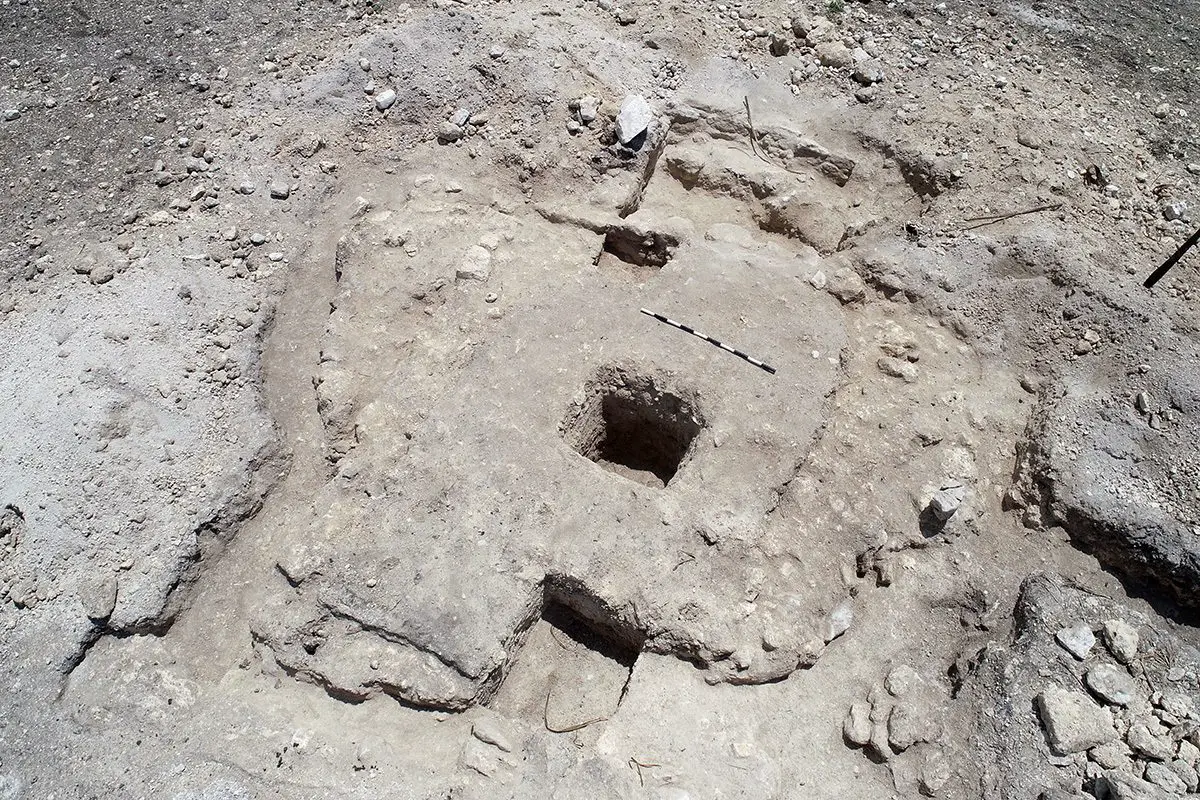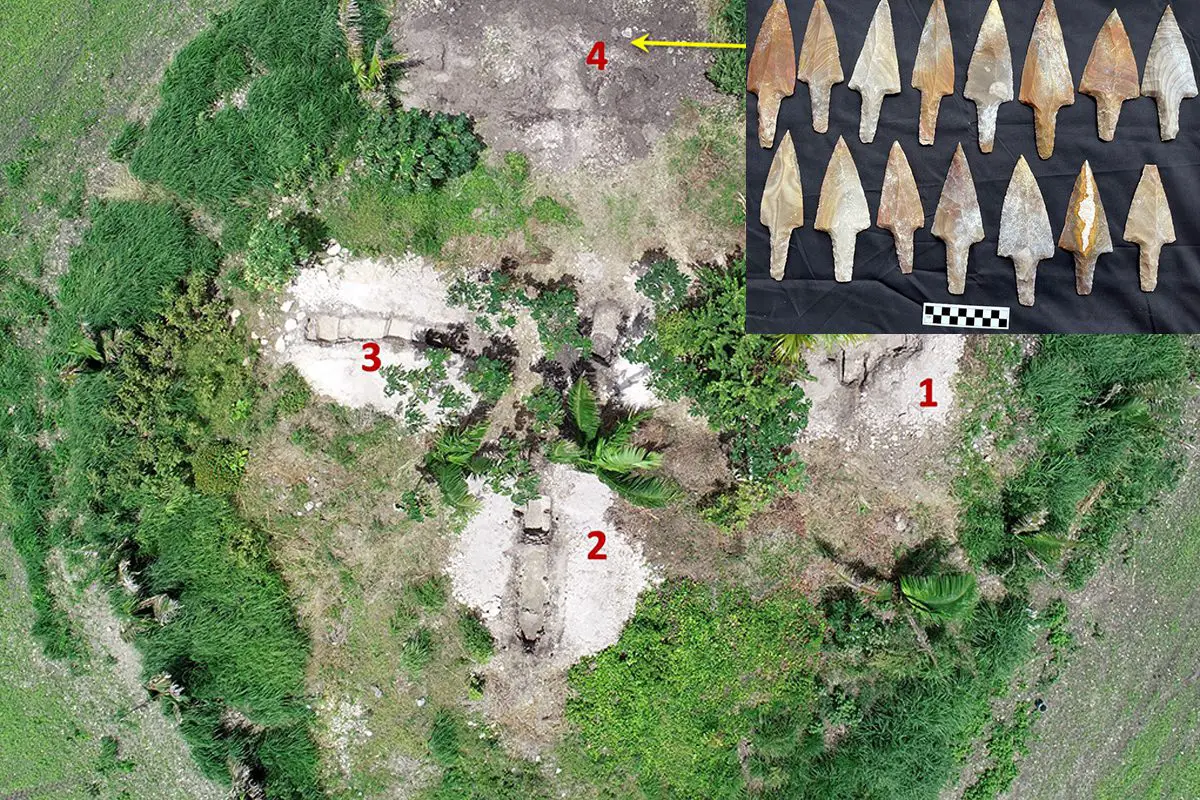Archaeologists from the Belize Institute of Archaeology and students from the University of Illinois Urbana-Champaign have found a 1,000-year-old Maya settlement in central Belize.
The site was identified at a Mennonite farming community, where the remains of collapsed Maya dwellings appear as white mounds that pocket the landscape.
By studying the ceramics found within several structures, the team have dated the site to the Early Classic Period between AD 250 and AD 600. This period marked the peak of large-scale construction and urbanism, the recording of monumental inscriptions, and demonstrated significant intellectual and artistic development across the Maya world.
The structures have plaster floors and a collection of domestic vessels for cooking, eating and storage, while several structures contained agricultural tools made of chert (a crystalline rock that resembles flint) and examples of manos and metates for grinding maize into floor.

Although primarily an agricultural community, sections of the surrounding forest were apparently left intact for breeding animals, evidenced by the discovery of animal bones in situ.
One of the buildings appears to function as a meeting house or ceremonial structure. The building was constructed using uniformed stones and white limestone plaster. Within the interior the team found 15 stemmed points made of chert, suggesting that they were used for ceremonial offerings during ritual gatherings or for placing in a dedicatory cache.
Also unearthed is a substantial platform mound that had four structures constructed on the summit. Based on other Maya sites, it is likely that the platform was reserved for the settlement’s elite who often lived on raised mounds with their extended families.
University of Illinois Ubrana-Champaign
Header Image Credit : VOPA and Belize Institute of Archaeology, NICH





